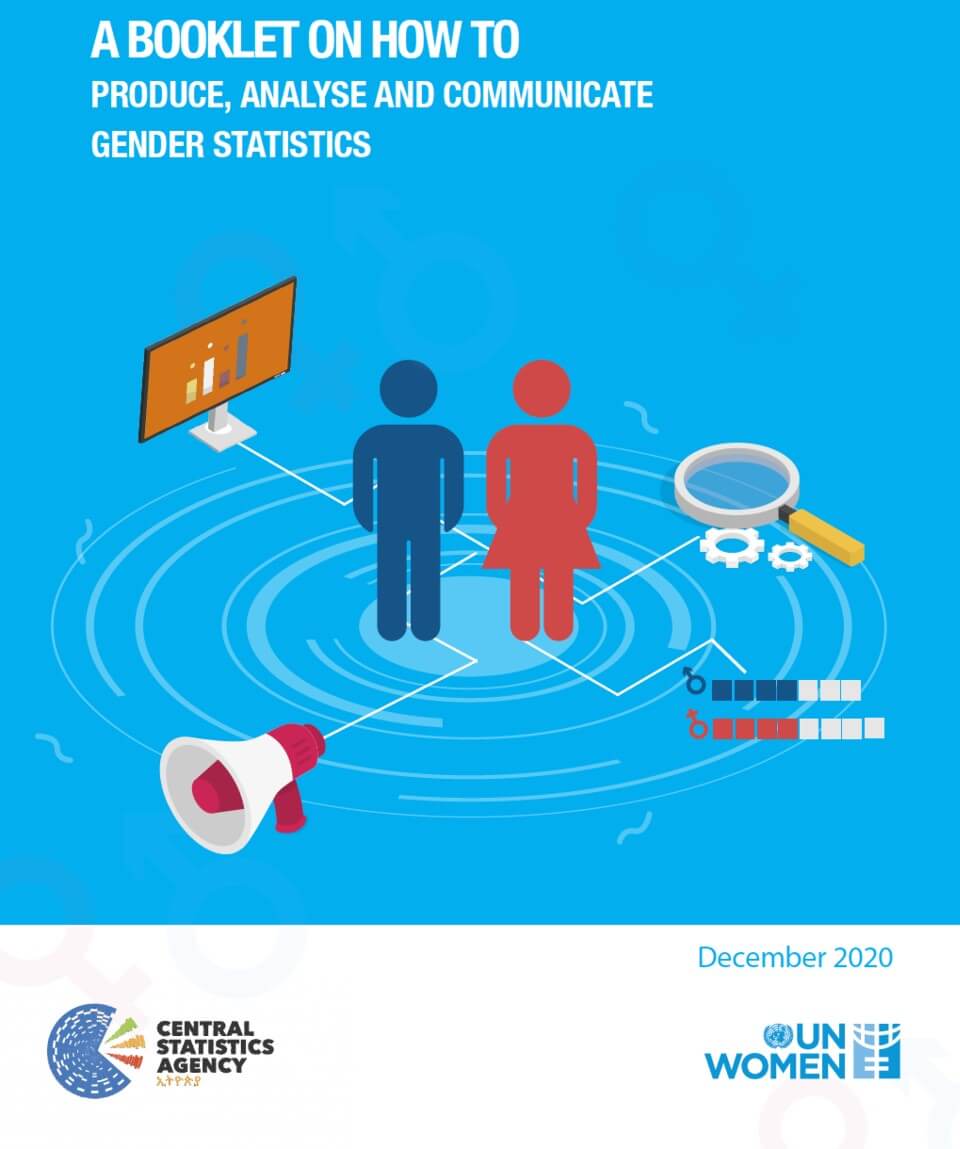
A booklet on how to produce, analyse and communicate gender statistics

Achieving gender equality means the equal enjoyment of rights, opportunities, resources and rewards by women and men. Women and men do not play identical roles in any society, nor do they have equal access to education, work, career opportunities, and economic resources. In most instances, political and economic leadership and economic benefits are also unequally shared, which leads to gender disparities in the enjoyment of benefits from economic and social development. Gender statistics capture these specific realities in the lives of women and men through sex-disaggregated data, i.e., the data pertaining specifically to women and men that reflect specific gender issues. Most of the statistics that are available and presented for monitoring and evaluating interventions and for drafting policies and programmes do not reveal the realities of women who comprise half the world’s population and thereby do not allow comparative studies between the male and female population. Moreover, the available data has not been utilized adequately to bring about sustainable change. The availability of adequate gender statistics demands the active participation and involvement of the entire statistical system as well as different statistical sources and fields. This booklet has been produced as a brief guide for users and practitioners in the National Statistical System on how to produce, analyse and communicate data with a strong gender dimension.